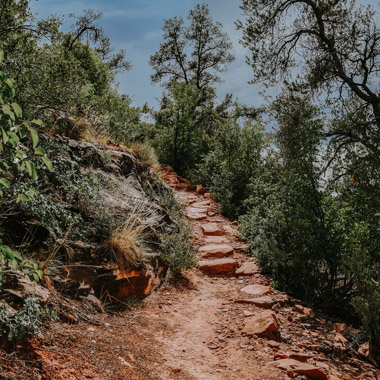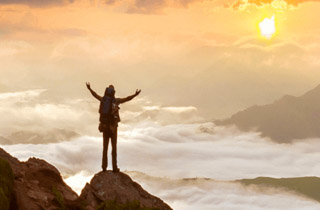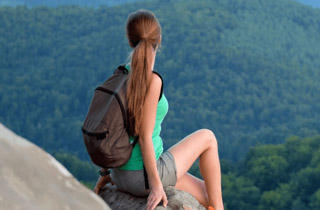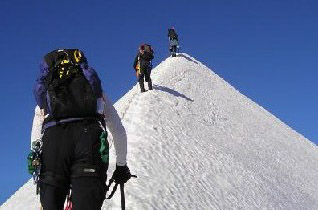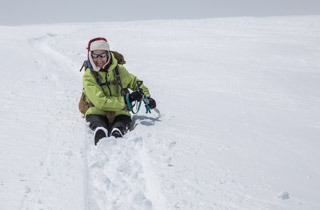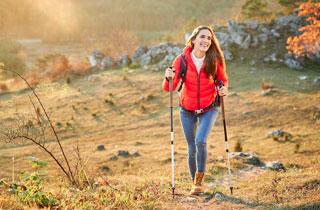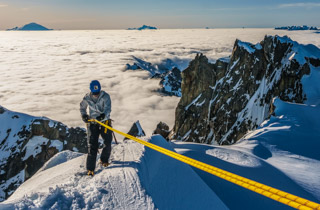Backpacking and Trekking Training
Backpacking involves overnight camping in which the athlete carries everything needed for the duration of a trip, rather than having assistance from pack animals. Backpacking can range from an overnight trip near civilization to weeks in remote backcountry. Some people plan months-long trips with re-supplies such as segment- or thru-hikes along the Pacific Crest Trail, Continental Divide, or the Appalachian Trail.
Trekking includes carrying a day pack and staying in huts, teahouses, or yurts, often at altitude. Class treks include Machu Picchu, Everest Base Camp, or the Snowman’s trek in Bhutan. It also includes the Camino de Santiago. Wherever your trip takes you, we’ve got you covered with appropriate training suggestions.
To develop upper body strength, lower body strength and balance, and mobility for trekking and backpacking, explore a few of our favorite movements in the following articles.
To give you the edge over more generalized fitness programs, include trekking and backpack-specific tips that will help you to succeed with some of the following articles.
Preparation for trekking and backpacking involves training for specific fitness qualities, going on sport-specific outings, and practicing skills necessary for the sport.
The four major fitness components to include in a program for trekking and backpacking include:
- Aerobic Endurance
- Anaerobic Endurance (for high altitude)
- Lower Body and Core Strength and Balance
- Flexibility and Mobility
Explore trekking and backpacking program design and nutrition requirements in these suggested articles.
To prepare for your trekking or backpacking adventures, learn more about how to develop your aerobic and anaerobic capacity with a few suggested articles.


